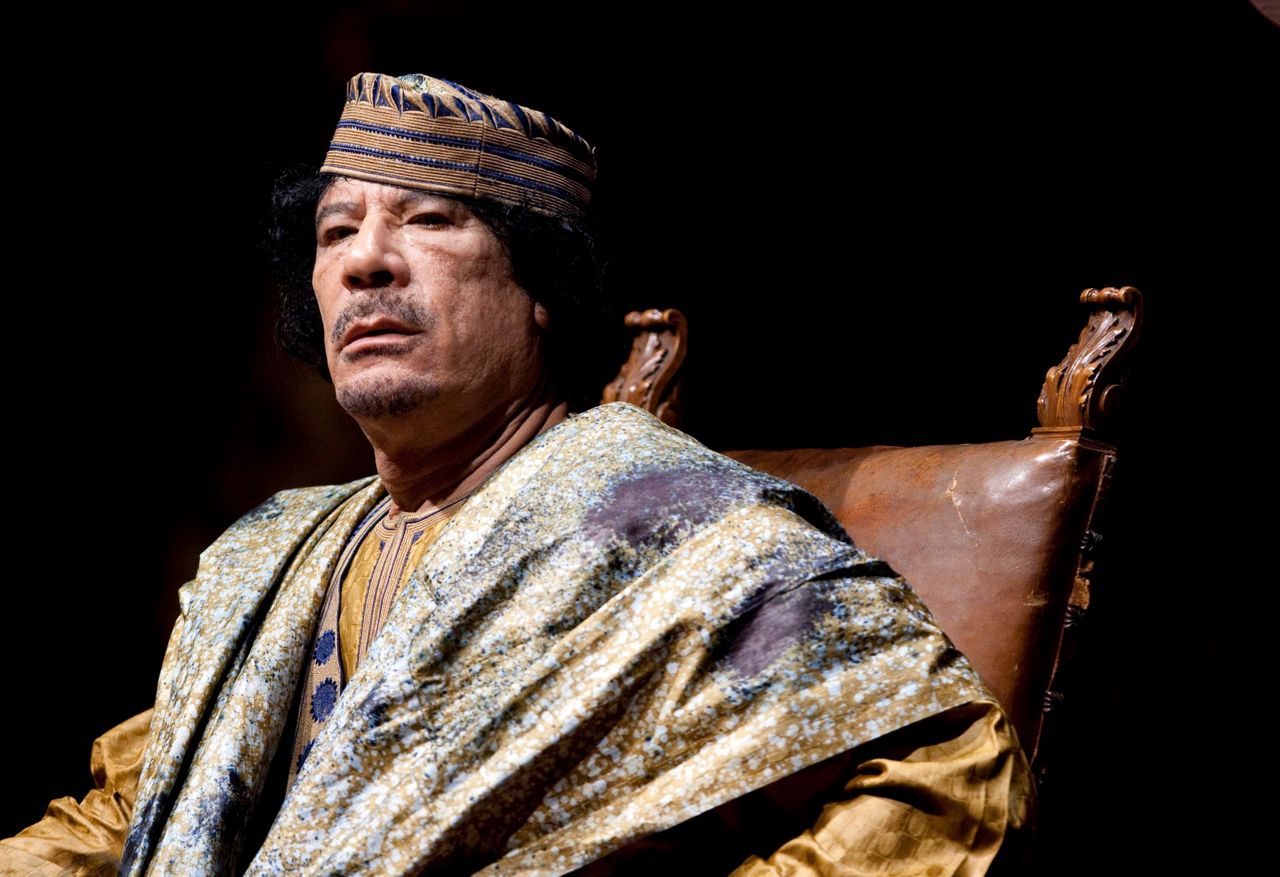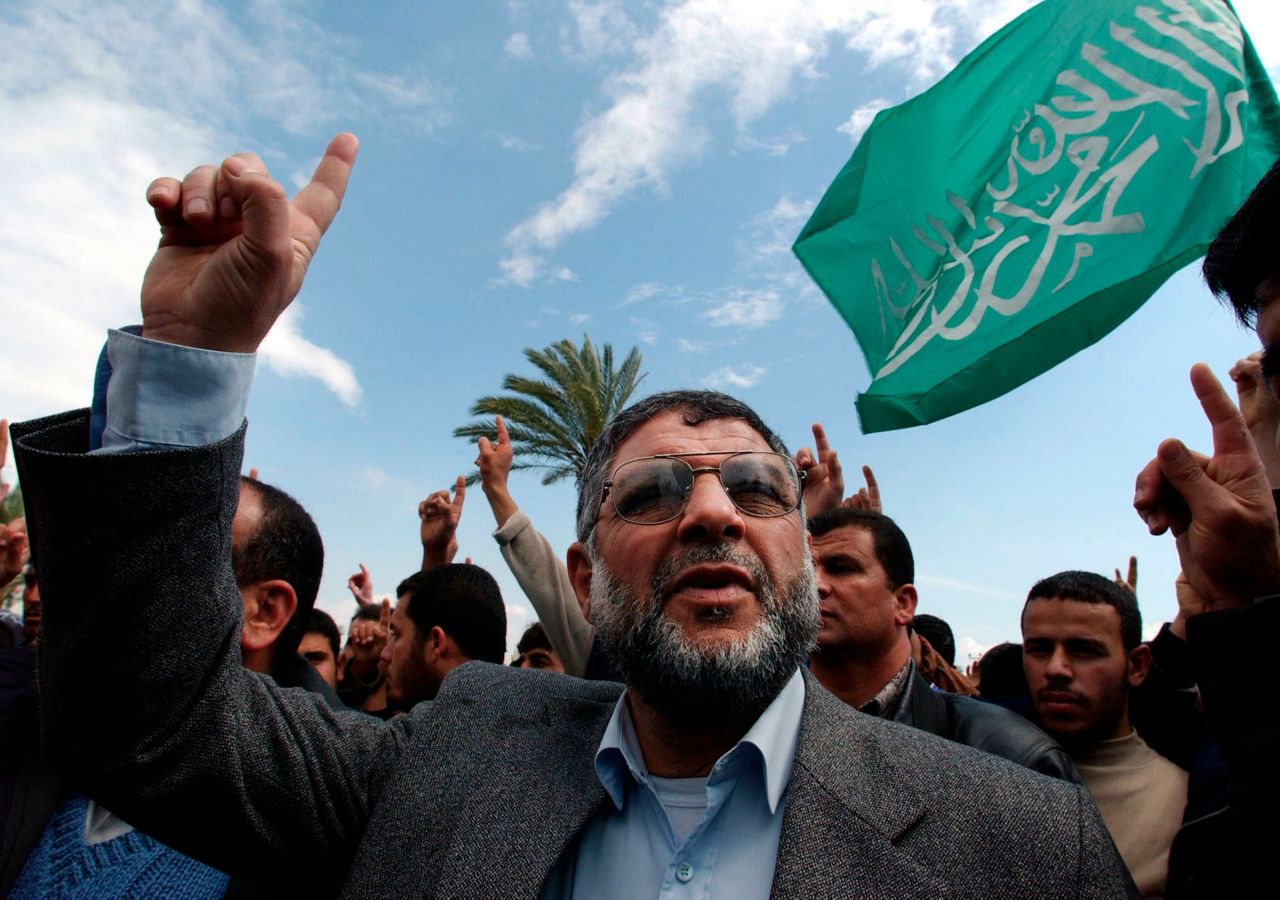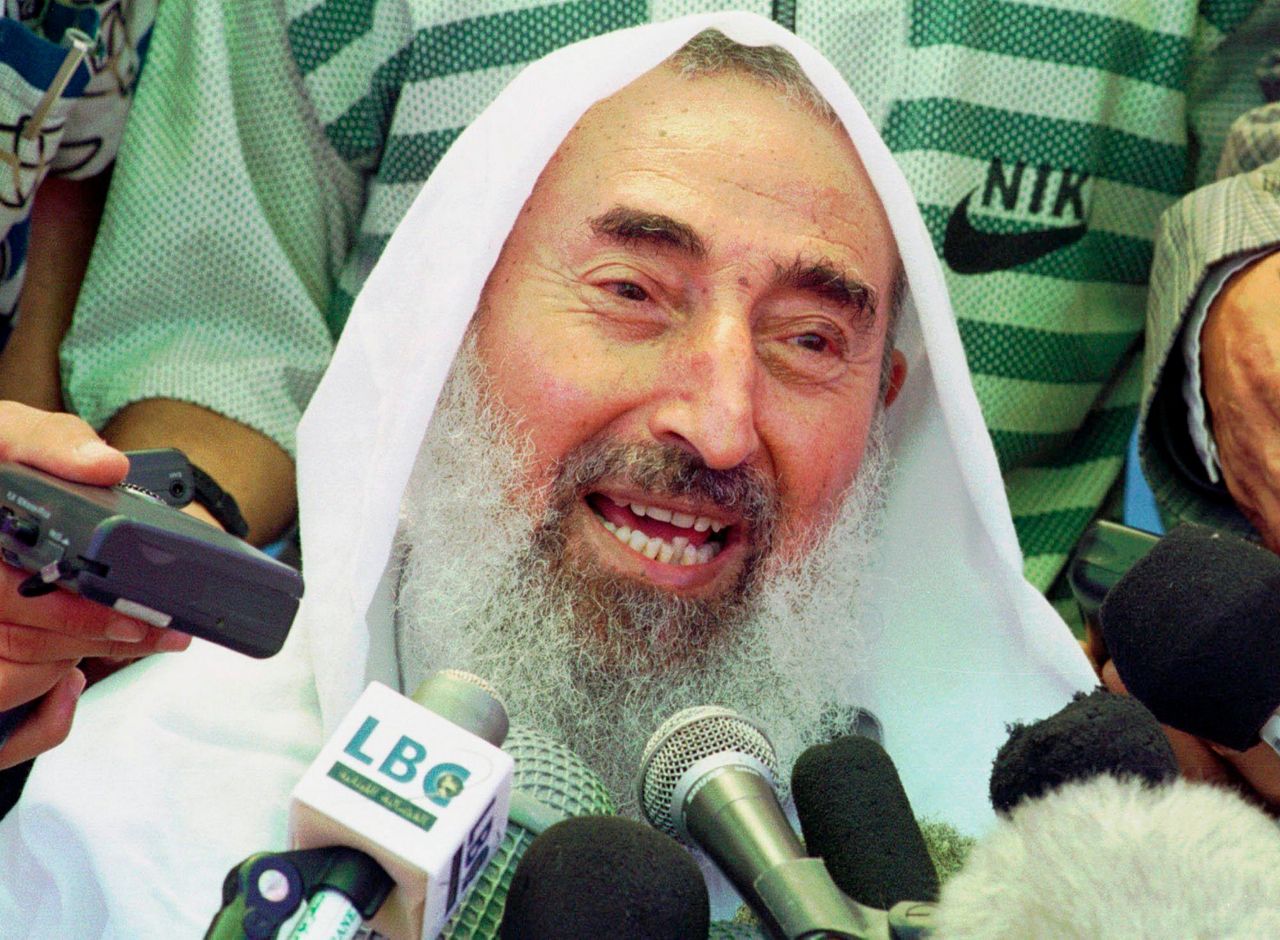Killings of major political and military figures have been a recurring factor in the modern Middle East, often presenting a defining moment and changing the contours of history in several instances.
Whether carried out by a foreign or domestic attacker, the slayings — including some high-profile assassinations — have had a huge, immediate and lasting impact. They have derailed promising peace efforts, fueled tinderbox conflicts or ushered in new leadership.
The killing of Iran's military figure — Maj. Gen. Qassem Soleimani of the Revolutionary Guard's elite fighting force — in a U.S. airstrike near the Baghdad airport on Friday could be such a moment as the region and world braces for Tehran’s retaliation and a potential wider conflict that could draw in various nations and militias.
Here’s a look at some of the most significant deaths of key leaders in the Middle East since World War II:
SWEDISH COUNT FOLKE BERNADOTTE
The Swedish diplomat and U.N. mediator in Palestine was killed in Jerusalem in 1948 by the Stern Gang, a group of Jewish militants that counted future Israeli Prime Minister Yitzhak Shamir among its members. During World War II, he had negotiated and helped secure the release of thousands of Jewish prisoners in German concentration camps. The Swedish nobleman's efforts at forging truce followed by a formal peace after the first Arab-Israeli war in 1948 led to his death. He would be one of several key figures slain over war and peace in the bitterly disputed Holy Land.
KING ABDULLAH I OF JORDAN
The monarch was killed in front of Al-Aqsa Mosque in Jerusalem at 1951 by an Arab follower of the former mufti of the city. King Abdullah had incorporated the portion of British mandated territory, including Jerusalem and what is now the West Bank, that bordered Jordan the year before. Following Britain’s departure from Mandate Palestine, the mufti presented himself as the key driver of creating an Arab state in the territory and the Jordanian king was his political nemesis. Jordan held onto the Palestinian lands until Israel captured and occupied them in the 1967 Six Day War. The status of Jerusalem remains the thorniest all of all issues defining the Israeli-Palestinian conflict.
KING FAISIAL OF SAUDI ARABIA
The House of Saud suffered an assassination that sent tremors around the region in 1975 when King Faisal was killed by a nephew. He had been a strong proponent of Palestinian independence and leveraged Riyadh’s oil clout against the U.S. and other Western powers in the early 1970s. Nearly 50 years later, Saudi Arabia and Israel now have an alliance of convenience, mostly behind closed doors, in their shared view of Iran as a staunch enemy causing regional mayhem.
EGYPTIAN PRESIDENT ANWAR SADAT
Just three years after formalizing a peace treaty with Israel and sharing the Nobel Peace Prize with Israel’s Menachem Begin, the Egyptian leader and firm U.S. ally was killed in 1981 by the country’s Islamic Jihad group in a spectacular attack during an annual parade in Cairo commemorating the 1973 October war against Israel. The accord had infuriated Islamic groups who had been previously mostly pacified. Egypt has never truly emerged from the grip of autocratic rule, which continued under Sadat’s successor Hosni Mubarak. There was brief hope during the Arab Spring uprising in 2011 but subsequent years of turmoil brought to power general-turned-president Abdel-Fattah el-Sissi, whose government has cracked down on critics and dissent.
ISRAEL'S YITZHAK RABIN
The Israeli prime minister was pushing on with what Palestinian leader Yasser Arafat called the ‘’peace of the brave,’’ based on the 1993 Oslo peace accords. Two years after the groundbreaking handshake on the White House lawn between the two men, Rabin was killed by an Israeli extremist opposed to peace negotiations with the Palestinians at a rally promoting the accords. Successive right-wing Israeli governments, which prolonged the occupation, and a weakened Palestinian leadership have overseen a process that was moribund and now effectively dead in the water after a series of moves by President Donald Trump have been widely perceived as favoring Israel and punishing the Palestinians.
MILITANT LEADERS
Two leaders of the Palestinian militant group Hamas were killed within a month of each other in 2004 by Israeli airstrikes. The revolt known as the Second Intifada was in full flow and violence had spiraled on both sides. Sheikh Ahmed Yassin was killed by a missile in his wheelchair after a prayer session in Gaza City. Abdel Aziz al-Rantissi was also killed by an Israeli missile in the car he was travelling in near his home in Gaza. Wars and convulsions of cross-border conflict have erupted several times in the years since. Israel is also believed to have been behind the 2008 car bombing in Damascus that killed Imad Mughniyeh, a top commander in the Lebanese militant group Hezbollah.
LEBANESE PRIME MINISTER RAFIK HARIRI
Hariri was assassinated by a massive suicide truck bombing on a Beirut seaside street in 2005, triggering an unprecedented mass uprising against Syria’s occupation of Lebanon after Damascus was blamed for the killing. That uprising briefly unified Lebanese from all religious sects and eventually led to the withdrawal of Syrian troops from Lebanon after nearly three-decade deployment — after which society fragmented once more into bitterly divided camps. The focus of the investigation later shifted to the Iran-backed Hezbollah group, and four members have been charged by a U.N.-backed tribunal in The Hague, Netherlands, for the killing. Hezbollah denies any involvement.
LIBYA'S MOAMMAR GADHAFI
The Libyan chapter of the Arab uprisings sweeping the region in 2011 was the first to take a violent turn, spiraling into civil war with atrocities committed both by Gadhafi’s forces and the popular opposition forces. The West intervened on the rebels’ side, with punishing air strikes which proved a major catalyst to Gadhafi’s fall. In gruesome images many around the globe saw in near real-time in the age of social media, Gadhafi was captured in his native city of Sirte by rebels from Misrata, a region that had suffered greatly at his hands. They humiliated him in his death throes as he pleaded, “What did I do to you?” They then paraded his corpse for days so the nation would believe that the dictator was really dead. Libya has sunk further into chaos and turmoil with the country now divided between rival governments, an array of militias vying for power and outside interference, most recently from Turkey.
___
Associated Press writer Zeina Karam in Beirut contributed to this report.
Copyright 2020 The Associated Press. All rights reserved. This material may not be published, broadcast, rewritten or redistributed.












